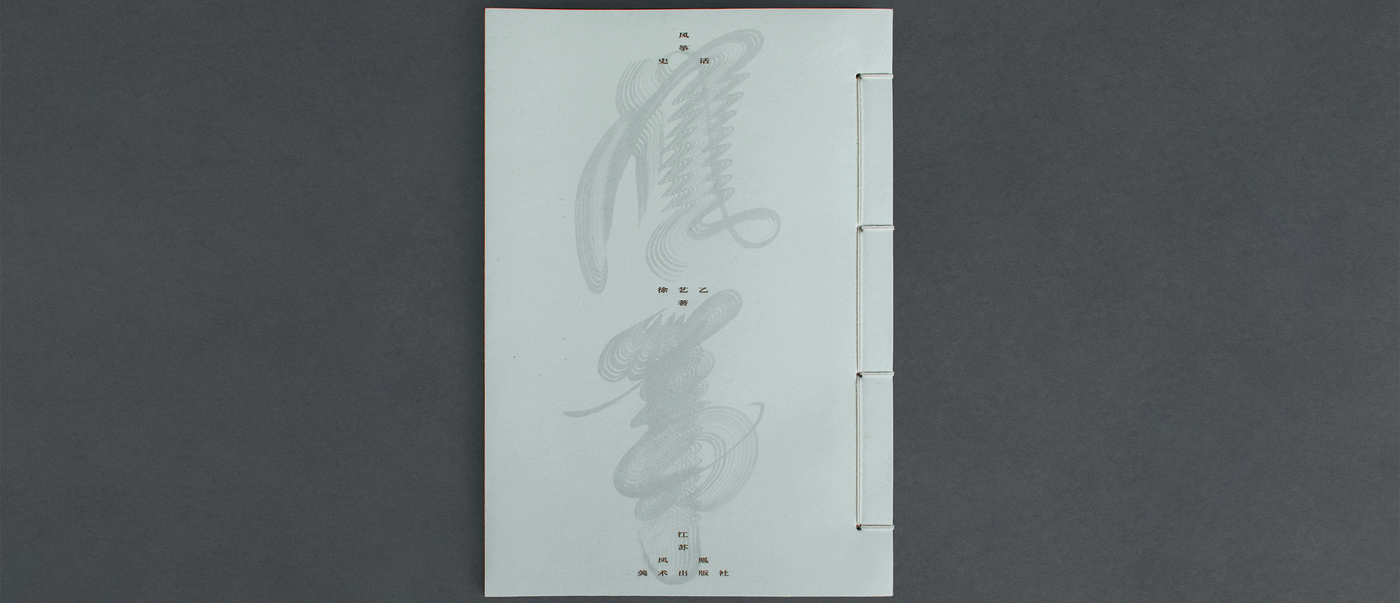
With the visual design of the book “History of Kite”, written by Xu Yiyi in 1992, the creative Bingyan Xue, born in Nanjing in 1983, takes an in-depth look at an old Chinese tradition: on wafer-thin pages and with a filigree layout, he conveys the story of the paper kite. Nothing is left to chance, historical illustrations are skilfully placed and loving details such as the jagged edges of fold-out elements or the typographical book cutting testify to Xue’s feel for the analogue medium.
Interview with Bingyan Xue
Red Dot: This book deals with the history of paper kites – kite-flying is an ancient tradition in China. Were you aware from the outset that you would also have to convey this topic haptically?
Bingyan Xue: As it is a book made of paper, the sense of touch is an essential aspect. Moreover, I hope to convey not only the tactile impression of the kites, but also their handmade texture through the paper.
Can you tell us something about the unusual bookbinding?
This type of binding actually comes from the traditional Chinese wire binding. I tried to make the binding disappear in the fold to give readers a surprise.
The book is characterised by many details. How long did you work on this project and what were the biggest challenges?
It took about six months from conception to completion of the book. The biggest challenge was that the various parts were produced in different processing plants. In addition, many elements were made by hand. I really appreciated the close and good cooperation to bring all the parts together into a coherent volume.
With the design, you are building an elegant bridge from the past to the future. What was your intention here?
With this approach, I wanted to encourage young people to read, and also to spark their interest in traditional culture.
How important are haptics and materiality to you in general? Are these the most decisive aspects for a book today?
The material is generally very important to me, because the biggest advantage of analogue books is the tactile impression when leafing through them. When your hand touches a page, it creates a kind of spiritual communication between reader and author. E-books cannot achieve this warmth.


